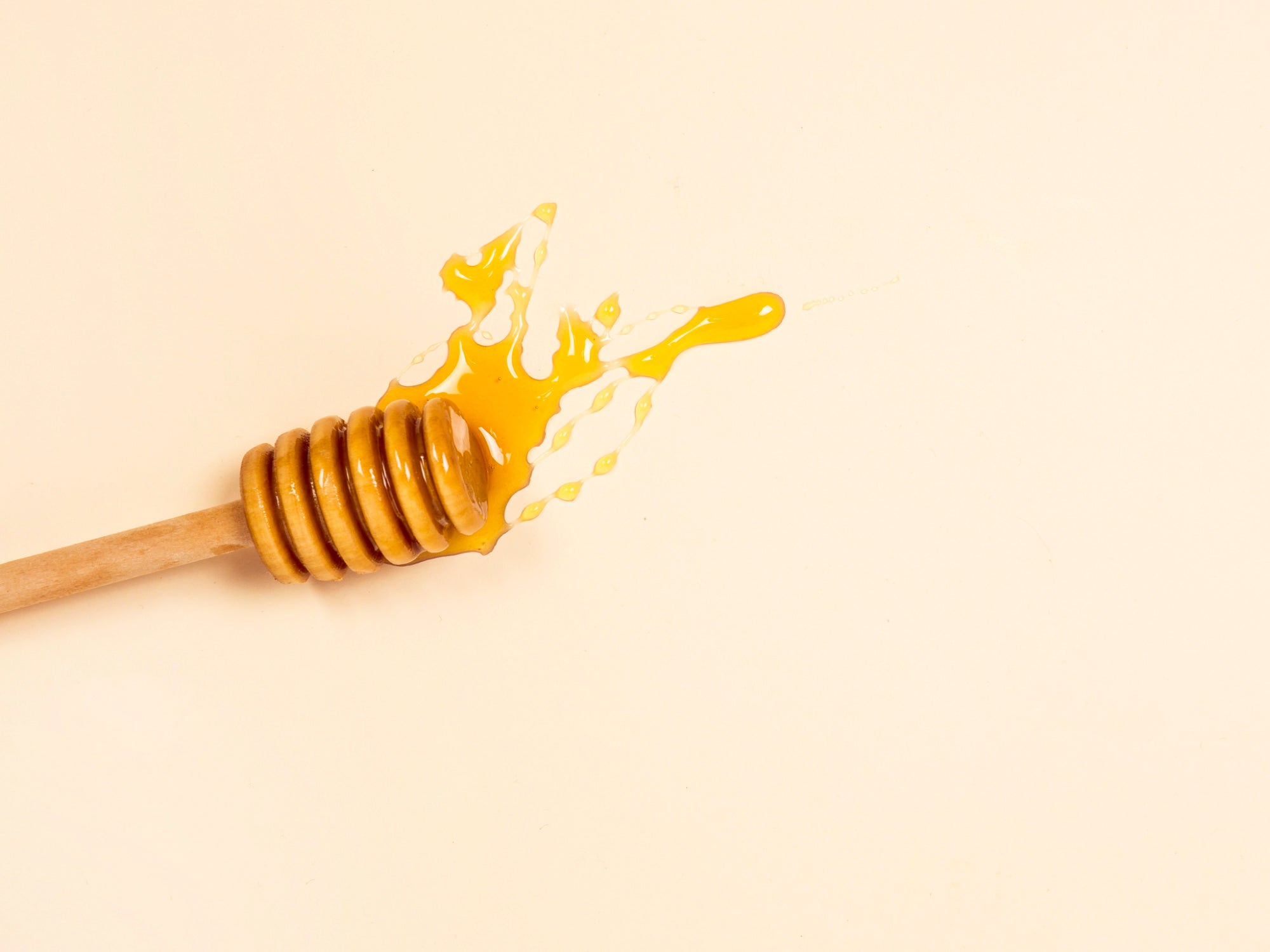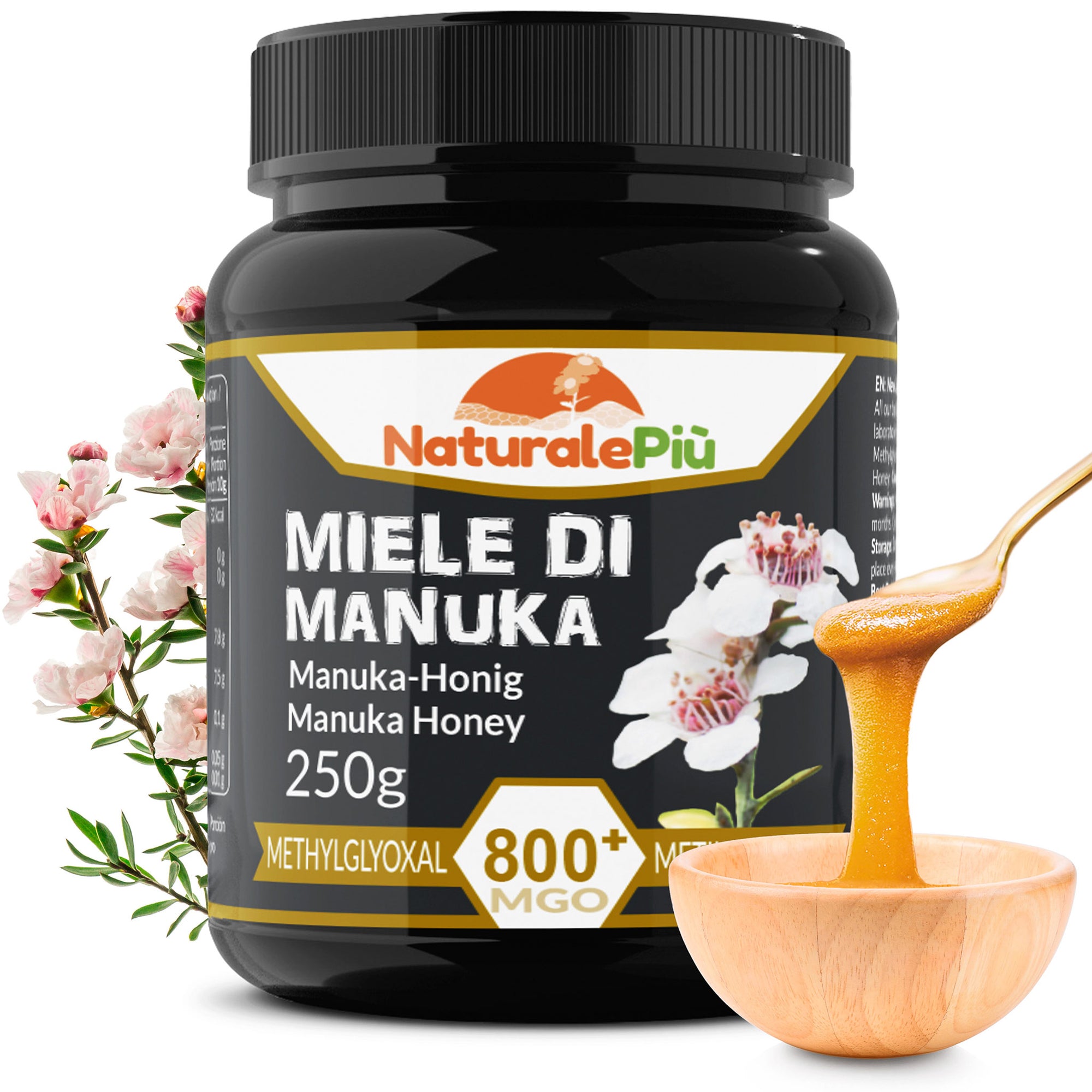
External Applications of Manuka Honey
We've already discussed how useful Manuka honey can be for wounds and burns; in this article, we'll explore its uses for skin and eye-related issues.
What is Manuka Honey?
Manuka honey originates from the Manuka plant, which grows exclusively in New Zealand. In the heart of these Manuka valleys, beekeepers place their hives. Bees collect the nectar from this extraordinary plant, creating Manuka honey.
For many years, Manuka honey has been the subject of significant research by a team of food chemists at the Dresden University of Technology. They identified methylglyoxal as the active ingredient that sets Manuka honey apart from other types of honey.
What is Methylglyoxal?
Methylglyoxal (MGO) is a compound resulting from the breakdown of sugars. Discovered and identified by a team led by Thomas Henle, MGO is now recognized as what was previously referred to as UMF (Unique Manuka Factor). It's possible to determine the exact percentage of MGO in a given quantity of Manuka honey, allowing for various grades.
Why is Manuka Honey so Special?
Manuka honey is particularly renowned for its extraordinary antibacterial and antimicrobial properties. It strengthens the immune system and helps prevent and combat minor ailments like colds and coughs. Additionally, it can be applied locally to the skin for conditions like dermatitis, styes, minor burns, and wounds. It promotes tissue regeneration and aids healing with its soothing action.
External Applications of Manuka Honey
Eczema, Acne, and Psoriasis
Applying and consuming Manuka honey can help combat these inflammatory processes. Manuka honey for external use can assist with these skin issues. Simply apply Manuka honey MG100+ or stronger directly to the affected areas. Simultaneously, it is advisable to consume Manuka honey MG100+ to support the immune system.
Fungal Infections
Fungi are often found in nature, and the overuse of antibiotics has contributed to their proliferation. The application of Manuka honey for external use can act as an antifungal and antimycotic, promoting the colonization of the skin and mucous membranes with "healthy" bacteria. Apply Manuka honey MG100+ directly to the area and cover it with a bandage.
Eyes
Manuka honey's properties can also be effective for minor eye conditions. For example, styes, often caused by Staphylococcus bacteria, can be treated with Manuka honey. Apply a small amount of Manuka honey MG100+ or stronger to the swollen area. Ensure your fingers are clean; you may initially feel burning, redness, and tearing, which will be followed by a refreshing sensation. Do not worry about redness of the sclera and conjunctiva; it indicates increased blood flow to the area.
Manuka honey for external use always has a soothing and anti-inflammatory effect and can be a valuable aid for many conditions. However, it should not replace medical treatments but be used as a natural remedy to support the body.
Applying Manuka honey externally can also enhance skin beauty. Discover the recipe for an exfoliating scrub or a nourishing face mask!













0 comments